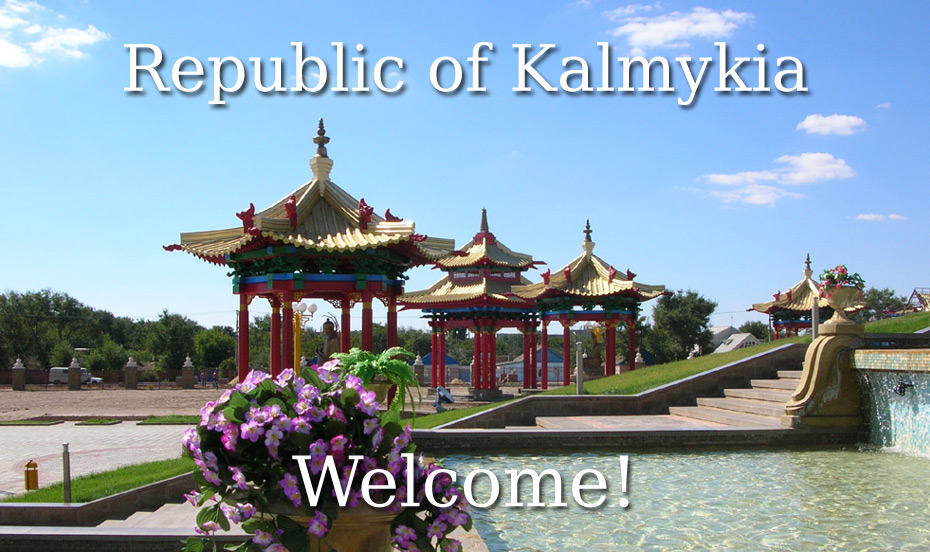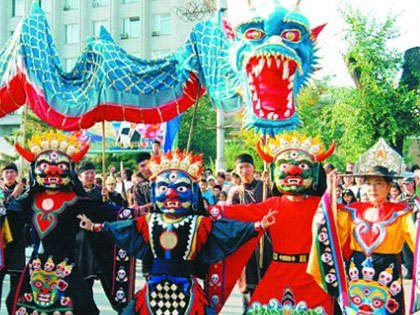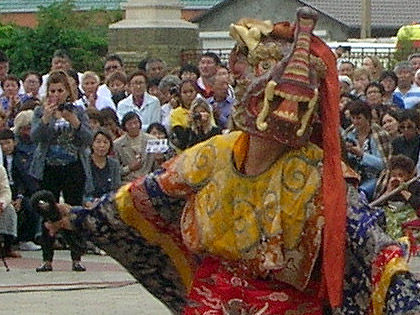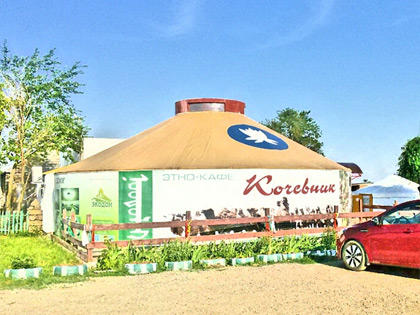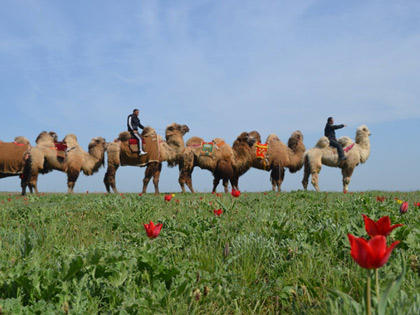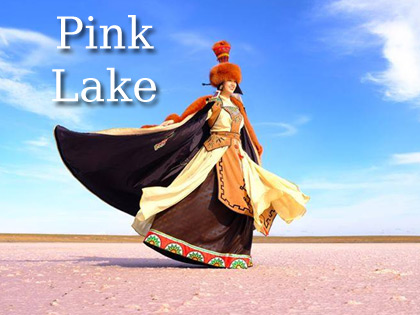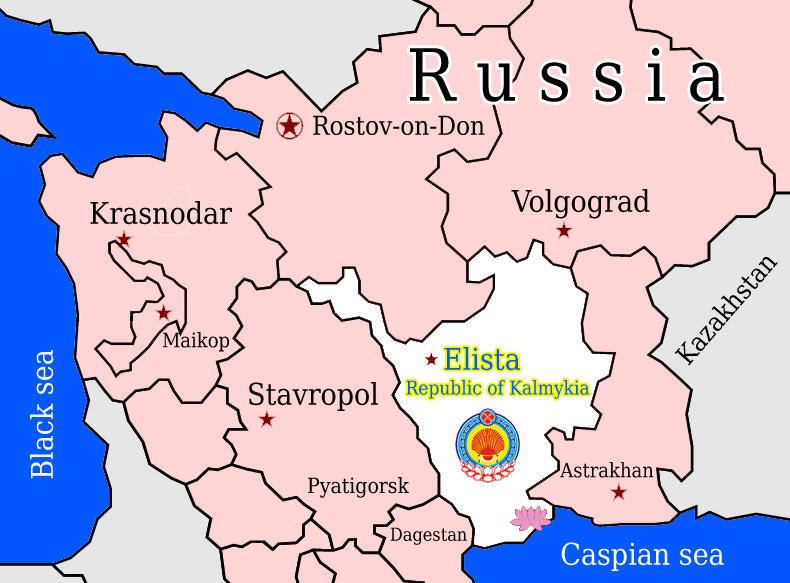Brazil
 Brazil
Brazil
Brazil officially the Federative Republic of Brazil (Portuguese: República Federativa do Brasil), is the largest country in both South America and Latin America.
At 8.5 million square kilometers (3,300,000 sq mi) and with over 211 million people, Brazil is the world’s fifth-largest country by area and the sixth most populous. Its capital is Brasília, and its most populous city is São Paulo.
The federation is composed of the union of the 26 states and the Federal District. It is the largest country to have Portuguese as an official language and the only one in the Americas; it is also one of the most multicultural and ethnically diverse nations, due to over a century of mass immigration from around the world; as well as the most populous Roman Catholic-majority country.

Bounded by the Atlantic Ocean on the east, Brazil has a coastline of 7,491 kilometers (4,655 mi). It borders all other countries and territories in South America except Ecuador and Chile and covers 47.3% of the continent’s land area.
Its Amazon basin includes a vast tropical forest, home to diverse wildlife, a variety of ecological systems, and extensive natural resources spanning numerous protected habitats.
This unique environmental heritage makes Brazil one of 17 megadiverse countries, and is the subject of significant global interest, as environmental degradation through processes like deforestation has direct impacts on global issues like climate change and biodiversity loss.
Rio De Janeiro With My Brazilian Friend:
The Tuyuka are people of transformation, for they originate from the Snake of Transformation. Unique at the beginning of the ancestral journey, the snake, after reaching the upper course of the River de Leite (the Negro), reproduces itself in several others, which take different paths, following the tributaries of the Negro and Uaupés Rivers. The Tuyuka are the Children of the Stone Snake. In the course of the ancestral journey, these peoples and their languages have differentiated, some have remained related to each other, while others have become allies.
The Tuyuka are one of the peoples of the Oriental Tukano linguistic family of the Northwest Amazon, inhabiting the border between Brazil and Colombia.
Tourism in Brazil
Tourism in Brazil is a growing sector and key to the economy of several regions of Brazil. The country had 6.589 million visitors in 2018, ranking in terms of the international tourist arrivals as the second main destination in South America after Argentina and third in Latin America after Mexico and Argentina.
Revenues from international tourists reached US$5.8 billion in 2015, continuing a recovery trend from the 2008–2009 economic crisis.
Top 10 Places You Have to Visit in Brazil:
Rio carnival:
Brazil offers for both domestic and international tourists an ample range of options, with natural areas being its most popular tourism product, a combination of leisure and recreation, mainly sun and beach, and adventure travel, as well as historic and cultural tourism. Among the most popular destinations are beaches at Rio de Janeiro and Santa Catarina, beaches and dunes in the Northeast Region, business trips to São Paulo city, cultural and historic tourism in Minas Gerais, the Iguazu Falls and the Pantanal in the Center-West Region.
